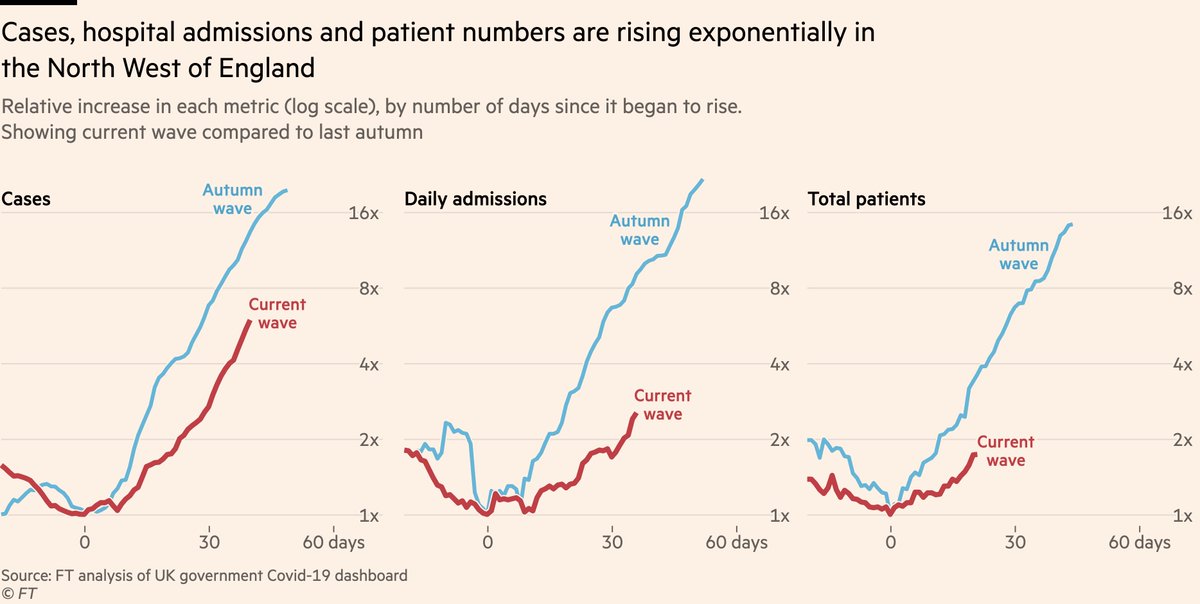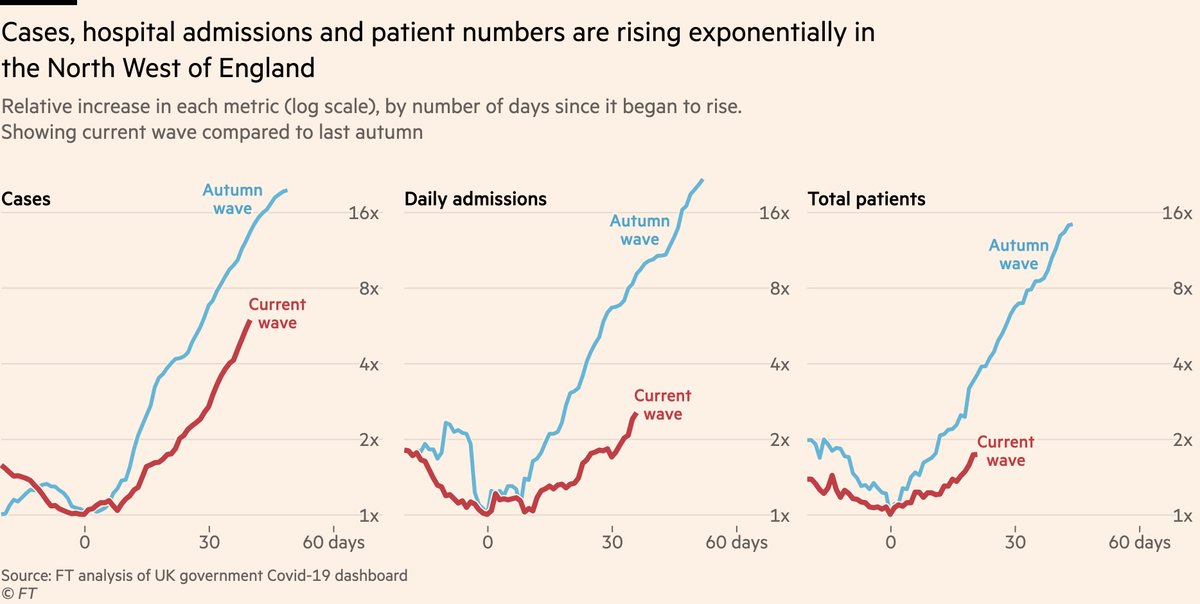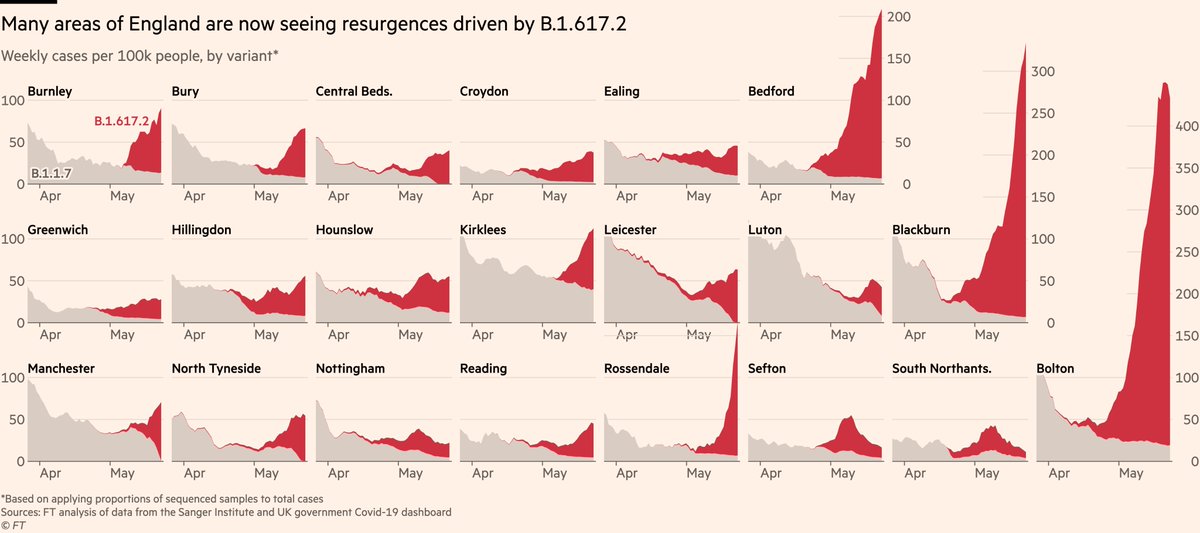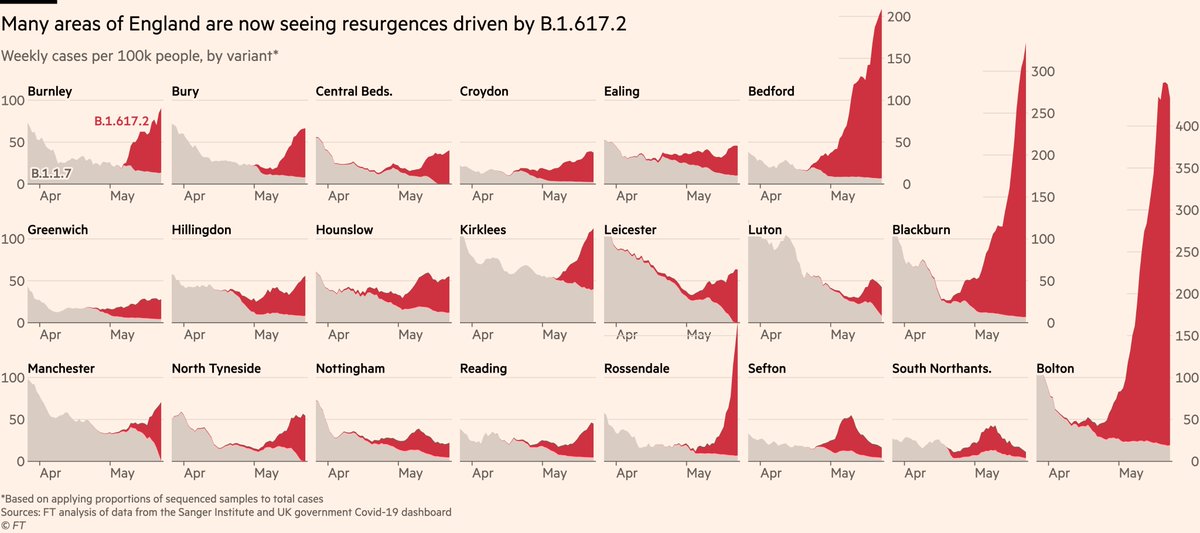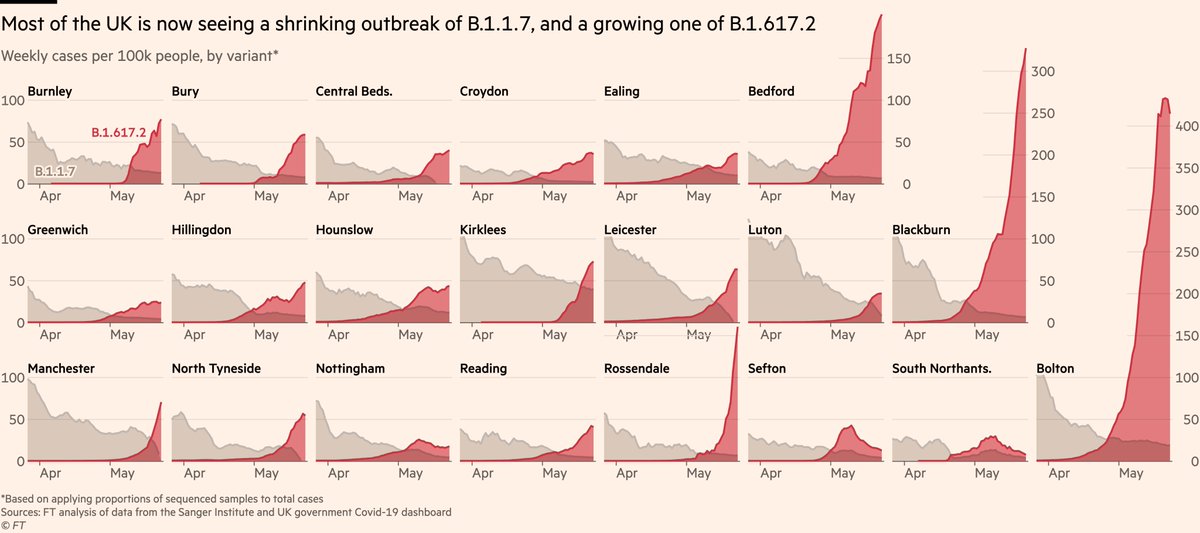
Some personal slash professional news
https://twitter.com/sigmaawards/status/1405178687117475849
A huge thanks to everyone at the FT who made this possible. Both the rest of the brilliant data/visuals team, and the editors and reporters across the rest of the FT who really *get* the power of data journalism more than any other newsroom I've encountered.
We're not in the business of making charts to dress-up stories. We make charts that *are* the stories.
Finally a big thanks to the judges and jury who I know spend weeks and weeks poring over all the entries. That's a lot of time looking at log scales 😅
A few special mentions:
• @carolinenevitt's work with the FT colour palette makes it very easy to produce gorgeous charts. She's probably the most important but least visible member of the FT dataviz operation
• @carolinenevitt's work with the FT colour palette makes it very easy to produce gorgeous charts. She's probably the most important but least visible member of the FT dataviz operation
• The changes @theboysmithy has made to our workflows and tooling in recent years have totally transformed what we're able to do, and in what timeframe. It's pretty special being part of a setup where everything just ... works
• @martinstabe is another unsung hero of our Covid coverage. Every day I use datasets that he and @OliEllTay have spent months painstakingly compiling and cleaning
• My chart-improver-in-chief @sdbernard, who never fails to spot those small tweaks that elevate a graphic to the next levek
And last but arguably most of all, UK news editor @andrewparker, who has backed me to bring data reporting to the front line of the FT over the last 18 months
OK now I have pizzas to make. Thanks for the kind words, folks!
• • •
Missing some Tweet in this thread? You can try to
force a refresh





